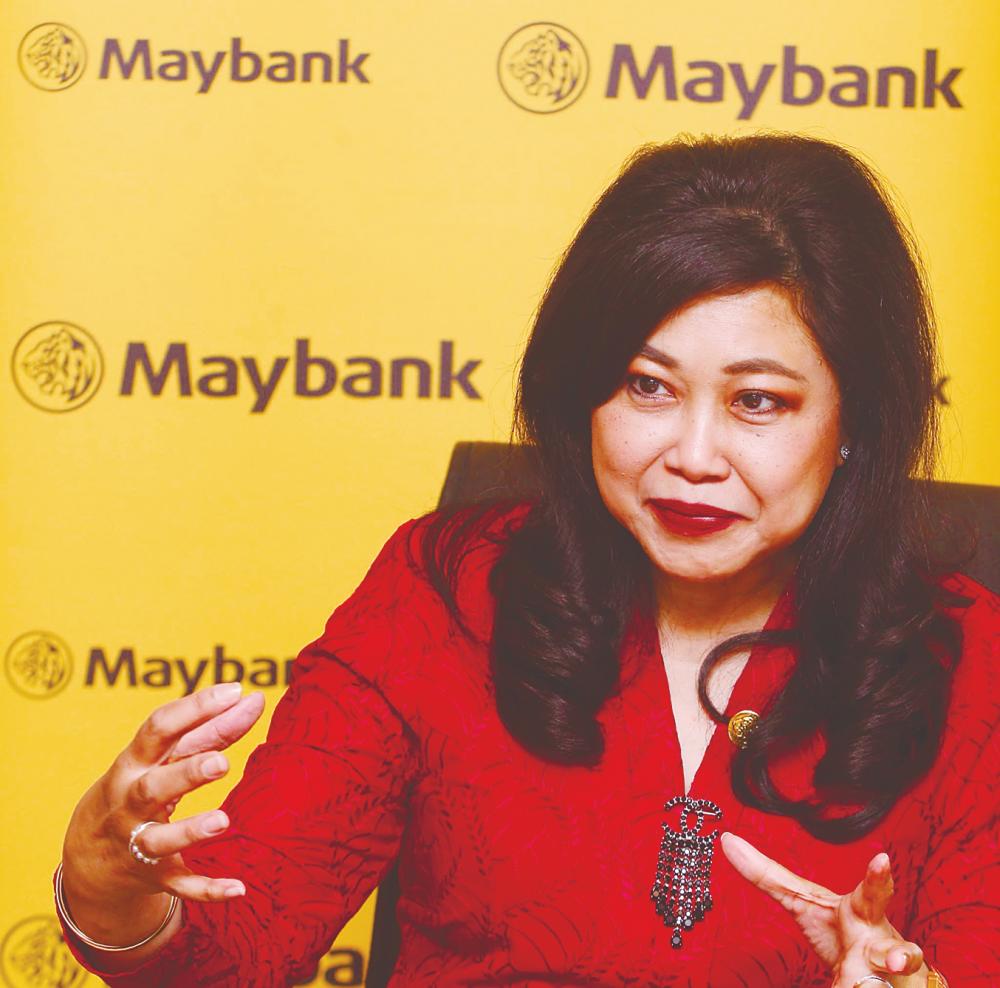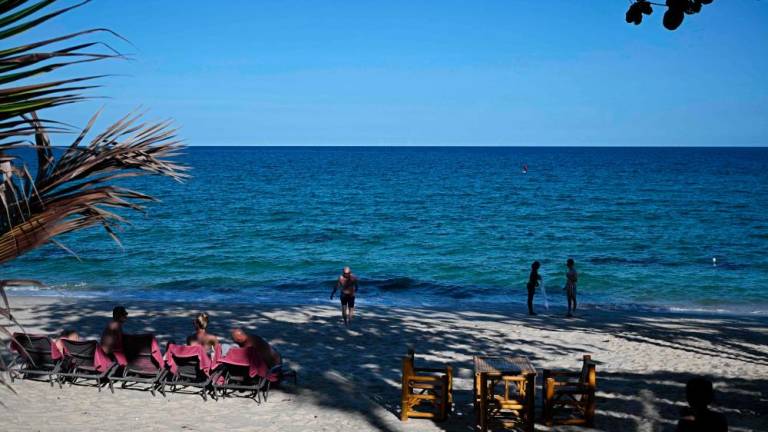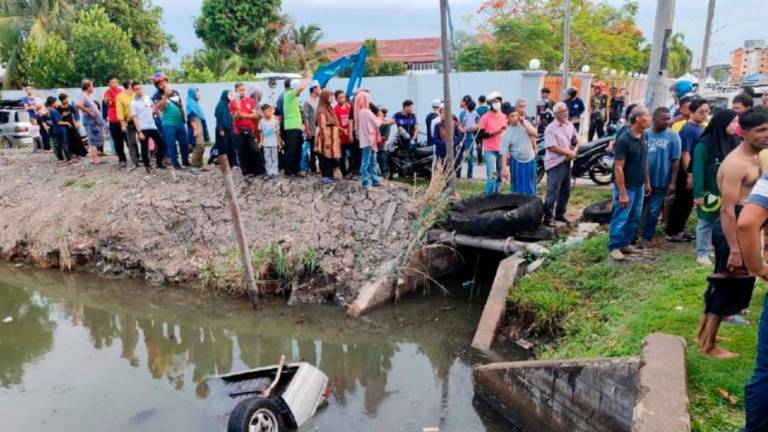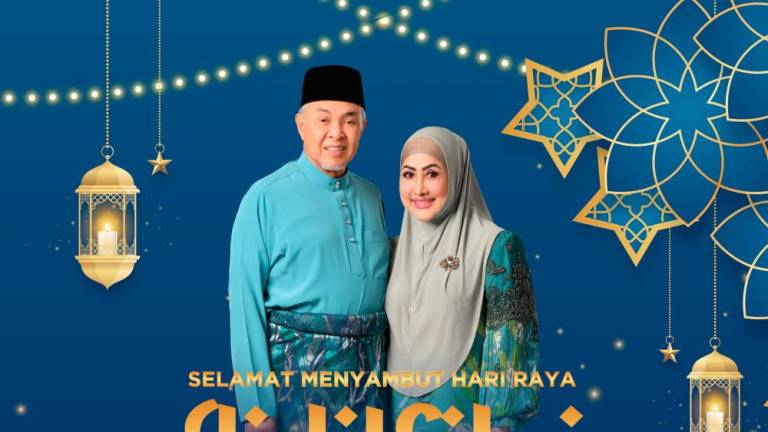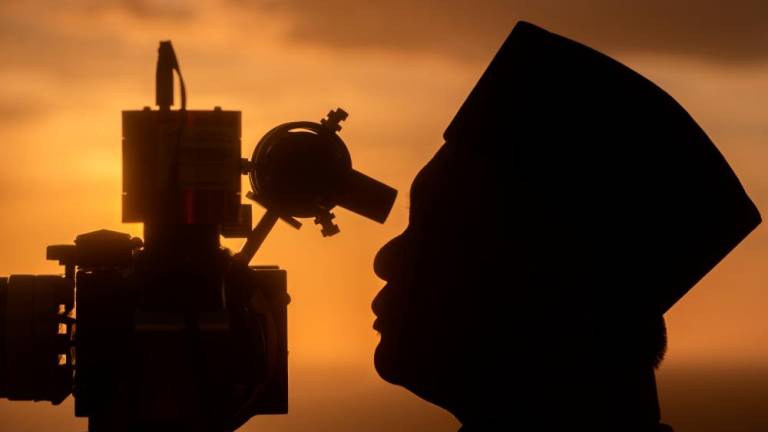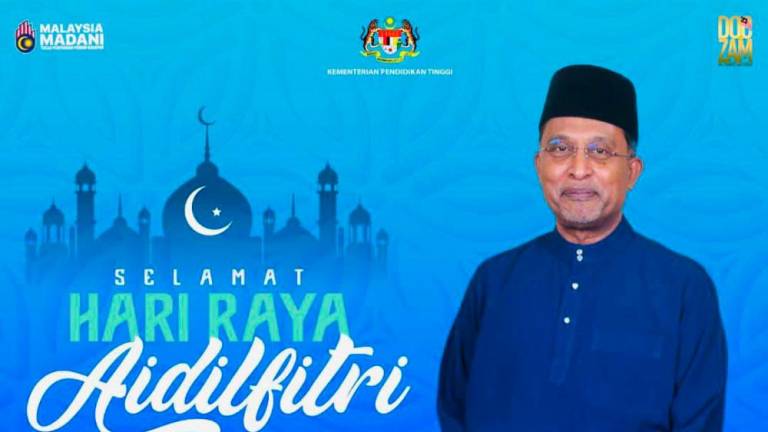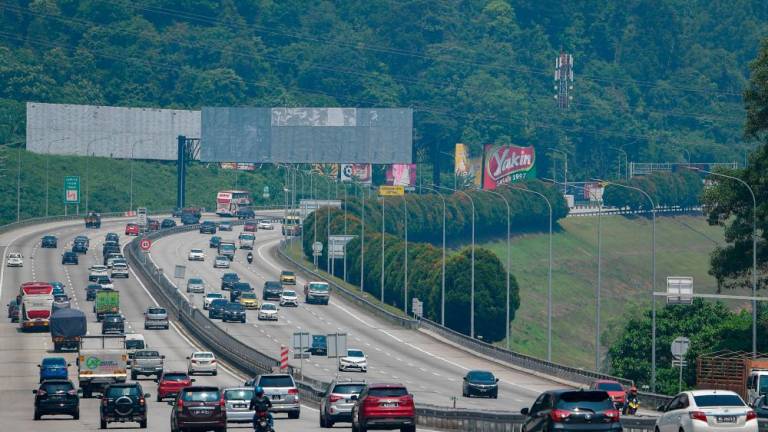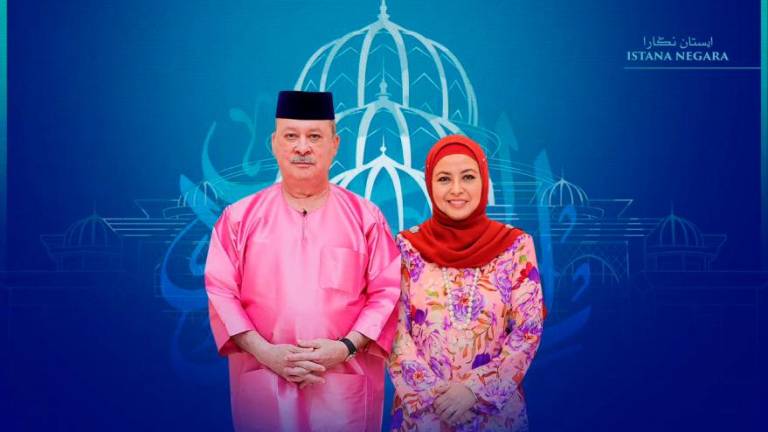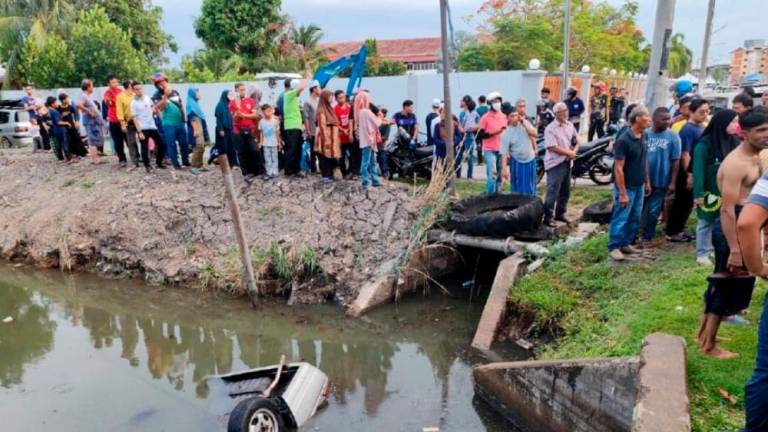FORMED in 2012, the Maybank Go Ahead Challenge (MGAC) aimed to uncover the best talents throughout the globe and to nurture future industry leaders. Since then, MGAC’s mission has evolved to suit the evolving needs of job industries across various landscapes, beginning with roadshows, career fairs and engagements across the country’s top universities to further drive interest and participation.
theSun recently had a chance to speak with Maybank Chief Human Capital Officer, Nora Abd Manaf, who shared about the updated Maybank Go Ahead Challenge and the company’s approach on the younger workforce.
1.How exactly is the Maybank Go Ahead Challenge (MGAC) being gamified?
We have been talking about gamification for the last five years. It’s not a new concept. It relates to us and we realised that we needed to get the attention of undergrads, not the “usual” people who would come to career fairs and talks. We wanted to reach out to the missing 90%, and asked ourselves why they were not coming to these fairs, and what would attract them.
The idea of gamification came from “cyber cafes”. We found that people would spend hours there. Moving forward, everything that we did was approached from the viewpoint of what gamification is; being interested in deliverable outcomes and being engaged, simply because you are in control. We also realised that it was also not just about success. When someone fails, they learn from it very quickly and want to get back in.
So for this year’s programme, everything was gamified, no longer about the undergrads or millennials only. We made sure that we could engage with different individuals, not generational per se. Gamification today even applies to 80-year-olds because they’re on their smartphones. People who are currently living are to a certain degree digital-savvy. Everything we do, even in the bank, how we are teaching, coaching and rewarding people, is based on gamification.
2. The “Challenge of Choice” theme is expected to bring out the skillsets of talents. Hasn’t this always been the case with MGAC even before this new theme, where talents from across the globe are brought together to realise their full potential? What sets the “Challenge of Choice” theme apart from previous MGACs?
It’s a whole lot more of bite-sized games, and we are much more into Future Ready. It aligns with what Maybank launched early last year, the re-skilling of Maybank’s workforce. We said back then that we want to make sure that everyone is able to flourish in the digital environment; that everyone is made relevant. That aligns with our Employer Value Proposition (EVP), which is “GO Ahead”. So we use this as our yardstick, to gauge if we are enabling people to progress in this digital environment, and that nobody is left behind.
When we started MGAC, it was a recruitment objective, but then we quickly realised that people who took part - their lives were changed. So we leveraged on that.
You can’t buy this experience that we give you, even if you don’t get to go into our global finals. You will see change by just experiencing it; you will develop new skills. What are those skills? For this year, it is a tighter link to surviving in a digital environment. When someone loses a job, loses self-worth and confidence. A breadwiner that loses both will destroy families and the society. We want responsible corporate citizens. We want to make sure these undergrads, when they go through this, understand that is what they need to figure out.
MGAC participants get to find out what truly a human’s role truly is, now with artificial intelligence and digitisation. Part of the games and experiences is trying to figure this out. We started with it being a resource tool and then we realised that providing these experiences will help individuals become employable. Back then it was about unemployability of graduates. It has evolved this year, to not only make sure they are employable but are able to remain relevant in a digital environment.
3. Besides MGAC, how else is Maybank handling the hiring (and retention) of the current generation that are entering the workforce?
We have a very good track record in retaining our millenials. The last I checked, 8 out of 10 stayed. Why? Right from the very beginning, when we started the transformation of Maybank, we realised that we needed to manage the high turnover of millennials due to this standoff (some 10 years ago), where the older generation were not willing to ‘change’ conventional methods of doing things and the young one’s were saying - “But what you’re teaching me is not relevant”.
They were speaking in different languages. We had to look hard at people management and not just ‘throw’ the young generation into the system. We all went through a learning curve. Today, what we’re doing is that as long as an employee can contribute, we give them the opportunity. We look for it and we monitor.
We’ve demonstrated that people who are hardly 30 are managers and running their own teams. We have people that have become managers at the age of 25 or 26. No one retaliated because they saw that these people were contributing, could perform, and deliver actual results.
4. Is there still ‘friction’ between the younger and older generation within Maybank?
I would be lying if I said it is totally gone, but I have to say we have improved and a lot better than many.
One of the points to support this statement was seen when we launched FutureReady early last year. We made it compulsory for all employees to take a quiz to make sure they understand where they are in terms of their knowledge - true knowledge, in terms of digital literacy. We were pleasantly surprised. In the first week, most who took the quiz were above 45-years-old. We truly understood then, that we were not going to leave anyone behind. Our most senior staff in terms of age, are much more interested. We were also pleasantly surprised that they were not digitally literate but did very well.
Not all workplaces have that synchronisation and understanding of partnerships; we at Maybank are one of those who do. I’m proud to say we have been agile to read what the environment and climate is, and then apply the right solutions.
Maybank’s Nora shares on its biggest asset - human capital. — Sunpix by Zulkifli Ersal



